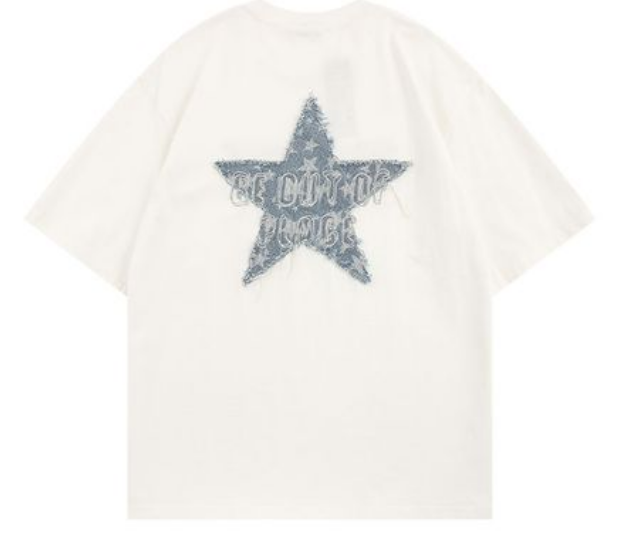The influence of fabric on the color of T-shirts is very important. The matching relationship between fabrics and colors can greatly affect the overall effect of T-shirts. The following is a discussion on the relationship between fabrics and color matching:
1. The appearance of colors by fabrics: Different fabrics have a certain impact on the way colors appear. For example, smooth fabrics (such as nylon, polyester fiber, etc.) usually have better color rendering, which can make the colors more vivid and bright. Relatively thick cotton fabrics may be slightly limited in color. For some light-colored or light-toned T-shirts, choosing smooth fabrics may be more suitable.
2. The presentation of fabric texture and pattern: The texture and pattern of fabric can also add special effects to T-shirts. For T-shirts with patterns, prints or graphic designs, the texture, luster and texture of the fabric can enhance the layering and visual effect of the pattern. For example, silk fabrics often add some soft, flowing texture to a pattern, while cotton and linen blends create a natural and raw feel.
3. Compatibility of fabrics and colors: Certain fabrics can enhance or weaken the effect of the color when paired with specific colors. For example, combining bright, highly saturated colors with smooth fabrics (such as polyester) can make the colors more vivid and eye-catching; while light, translucent fabrics (such as silk or lace) are suitable for soft and romantic styles. Color, creating a soft atmosphere.
4. The relationship between fabric texture and color: The texture of fabric will also affect the emotion conveyed by color. Rough, textured fabrics (such as linen or embroidered fabrics) are usually suitable for matching with more natural, earth-toned colors, which can give people a simple and simple feeling. Smooth and shiny fabrics (such as silk or hollow pattern fabrics) are more suitable for matching with bright and vibrant colors, which can reflect a fashionable and high-end feeling.
5. The relationship between fabrics and seasons: Different seasons correspond to different fabric choices, and this will also affect the color matching. For example, in summer, fabrics with good breathability and moisture absorption (such as cotton or bamboo fiber) are more suitable to choose cool and bright colors to increase the cooling feeling on the body; while in winter, thick and warm fabrics (such as cotton or bamboo fiber) are more suitable for choice. Wool or blended fabrics) are suitable for warm, deep colors to add a winter atmosphere and texture.
In general, fabrics have an important impact on the color matching of T-shirts. Reasonable selection of fabrics can make the color show better and blend with the overall style. Therefore, when choosing a T-shirt, you need to consider the matching relationship between fabrics and colors, and choose the most suitable color and fabric combination based on the material, characteristics of the fabric and your own preferences to show your unique personal style.








